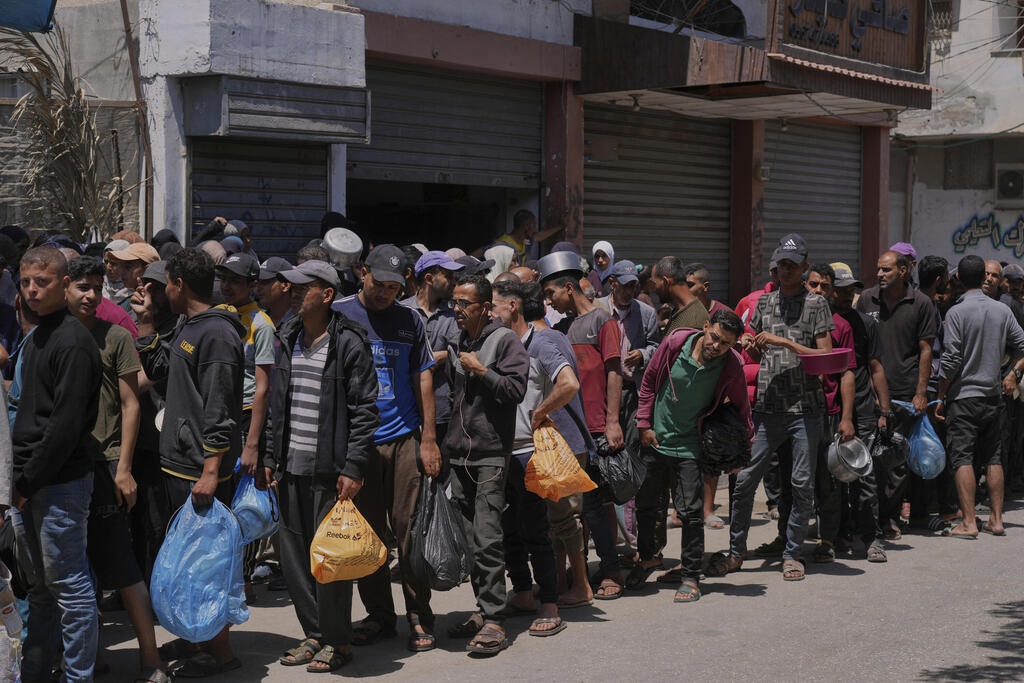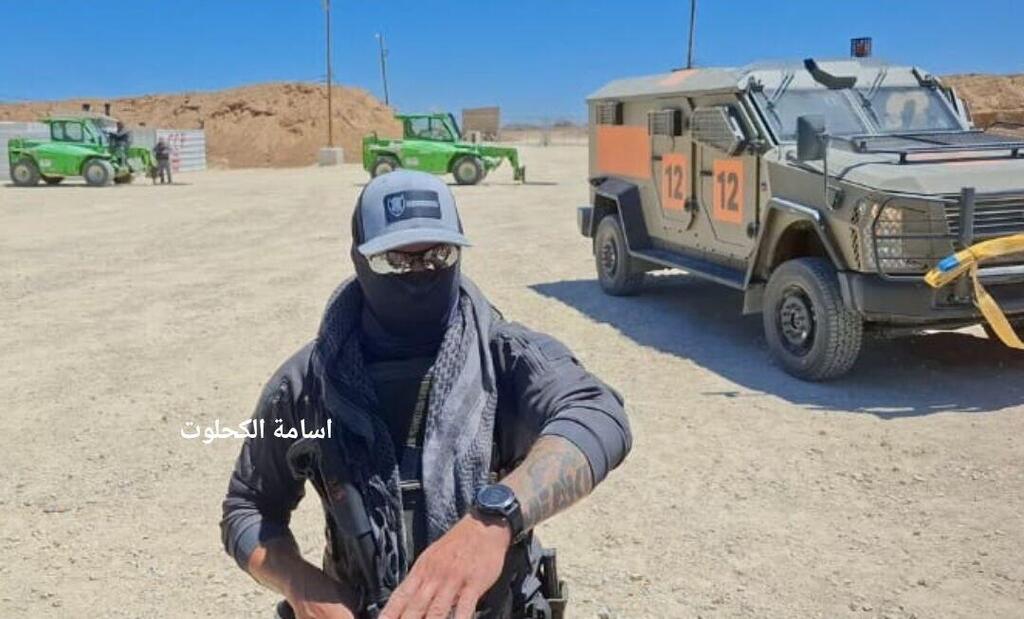The IDF has launched a new operation aimed at bypassing Hamas control over humanitarian aid distribution and alleviating the bottleneck caused by the United Nations’ logistical delays, Ynet learned on Saturday.
The initiative, approved by the political echelon, redirects aid through alternative routes that avoid Hamas-controlled areas and deliver supplies directly to civilians in designated humanitarian zones within Gaza. Due to military censorship, the exact routes cannot be disclosed.
Over the past two weeks, more than 340 UN aid trucks have traveled through these alternative corridors under full coordination with the IDF and under strict military supervision. The strategy is designed to minimize the risk of Hamas intercepting humanitarian convoys and ensure aid reaches those in need.
According to defense officials, the new routes offer several advantages. First, they run through areas under IDF control, restricting Hamas access. Second, the trucks are able to reach civilian zones directly. Third, the use of these new paths adds flexibility to existing supply lines—such as the enclave’s main north-south highway, Salah al-Din Road—allowing Israel to circumvent key Hamas checkpoints and expand delivery options.
Field reports indicate the initiative is already yielding results. Aid deliveries via these alternative routes have led to a significant drop in flour prices in southern Gaza. Just weeks ago, a single sack of flour cost over 1,000 shekels ($290); today, a kilogram sells for about 30 shekels ($9).
Despite operational success, Israeli officials note ongoing challenges with UN cooperation. The UN has resisted establishing structured distribution sites and has struggled to manage the aid already delivered. More than 450 trucks were reportedly stalled on the Palestinian side of the Kerem Shalom crossing last week, awaiting collection and distribution.
Security officials emphasized that while some isolated looting incidents have occurred, they appear to be the work of local civilians rather than organized Hamas operatives. “Aid is now reaching civilians directly, weakening their dependence on Hamas,” an IDF source said. “The more we steer aid through Hamas-free channels, the more we erode the group’s political and economic grip on Gaza.”
A senior IDF officer said cutting off Hamas from humanitarian aid could be a “game changer” in the war and potentially lead to the terrorist group’s collapse. Hamas, the officer noted, is now at its weakest point in terms of governance since taking control of Gaza in 2007.




